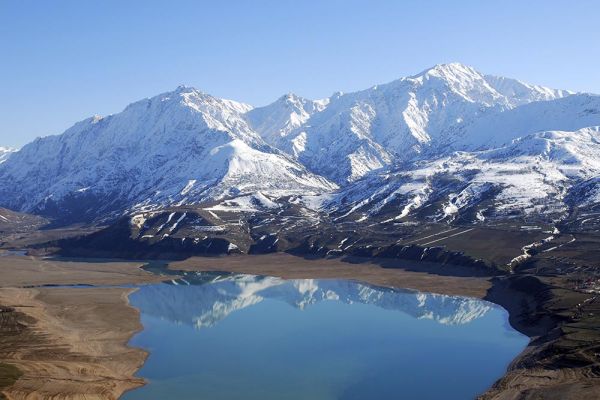The Palace of the Emir of Bukhara
Everyone who arrives in Bukhara by train can see a palace near the station, unusual for the architecture of the East. This is the palace of the Emir of Bukhara in Kagan, which was built at the end of the 19th century. Quite often, tourists quickly drive past it without having time to get a good look from the road, although its appearance is very attractive, and the story can arouse genuine interest.
The prehistory of the construction of this palace is the expansion of the Russian Empire into Central Asia in the second half of the 19th century. Towards the end of the century, Russia and the Emirate of Bukhara established strong diplomatic relations, as well as the development of railways. So, 12 km from Bukhara, the settlement of New Bukhara was founded, through which the railway line from Tashkent passed, and the settlement itself became a base for the Russian military, engineers and builders. In a sense, New Bukhara was also a diplomatic town, where various representative offices of the Russian Empire were located under the Emirate of Bukhara.
In 1895, the Emir of Bukhara, Seyid Abdulahad Khan, ordered the construction of a palace in New Bukhara. Russian Russians believe that he wanted to have his own palace in a Russian settlement, but according to another version, it was intended for the visit of the Russian Emperor Nicholas II. However, Seyid Abdulahad Khan did not live in the palace, and Nicholas II did not come.
The construction of the Emir of Bukhara's palace in Kagan began on August 14, 1895, and was designed by A. L. Benois, who worked as an architect in Central Asia for many years. Benoit's works included many buildings in Almaty, Tashkent and Samarkand, but few of his architectural projects have survived to this day, and among them we can mention the Romanov House in the very center of Tashkent. And yet, many experts in the history of architecture believe that the Kagan palace is his best work.
The architecture of the Emir of Bukhara's palace is considered eclectic, combining several styles – here you can see elements of Baroque and Empire, Arabic motifs and the so-called neo-Moorish style. The exterior decoration also includes elements of Bukhara gancha – plaster ornaments. The interior decoration is poorly preserved, but it can also be used to judge the skill of builders and local artisans.
The construction of the palace was completed in 1898, but it was not used for a long time. Seyid Abdulahad Khan's son, Seyid Alim Khan, became the emir of Bukhara in 1910, and decided to make the palace, built by order of his father, a place to accommodate high-ranking guests. Later, under Soviet rule, the palace became state property, and it was transformed into the Palace of Culture of Railway Workers. Today, the palace of the Emir of Bukhara in the Kagan is not in the best condition. Its exterior is regularly restored, but a complete restoration is required. Also, the palace is considered an architectural monument of Uzbekistan.
